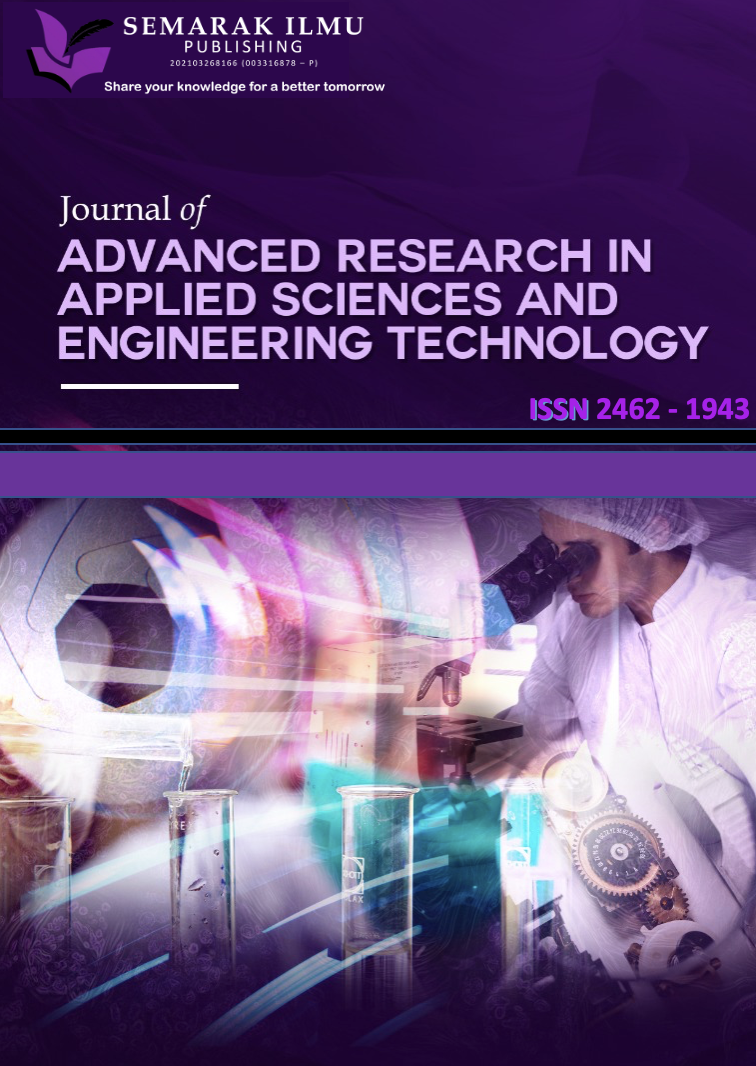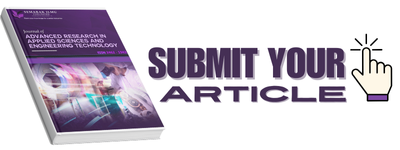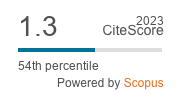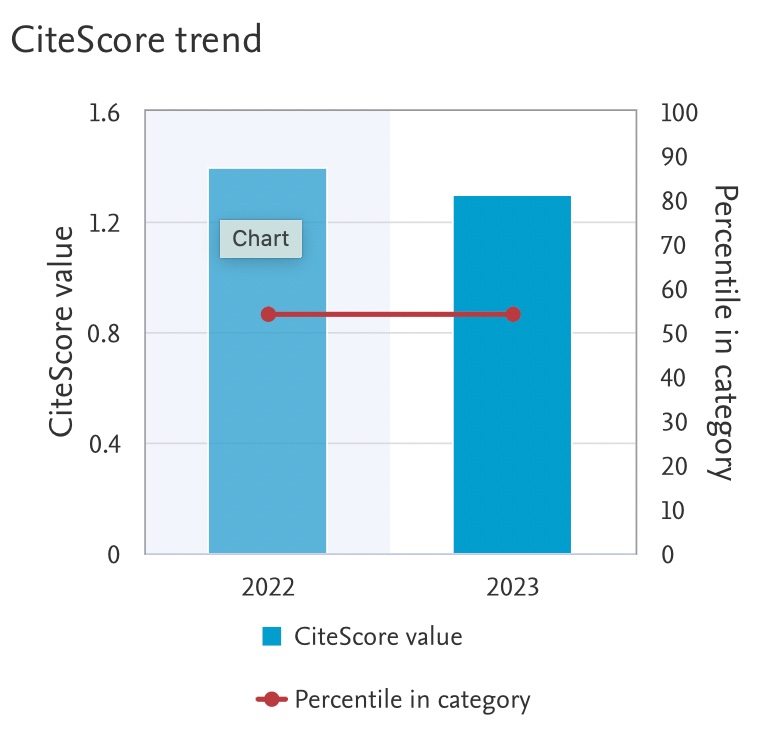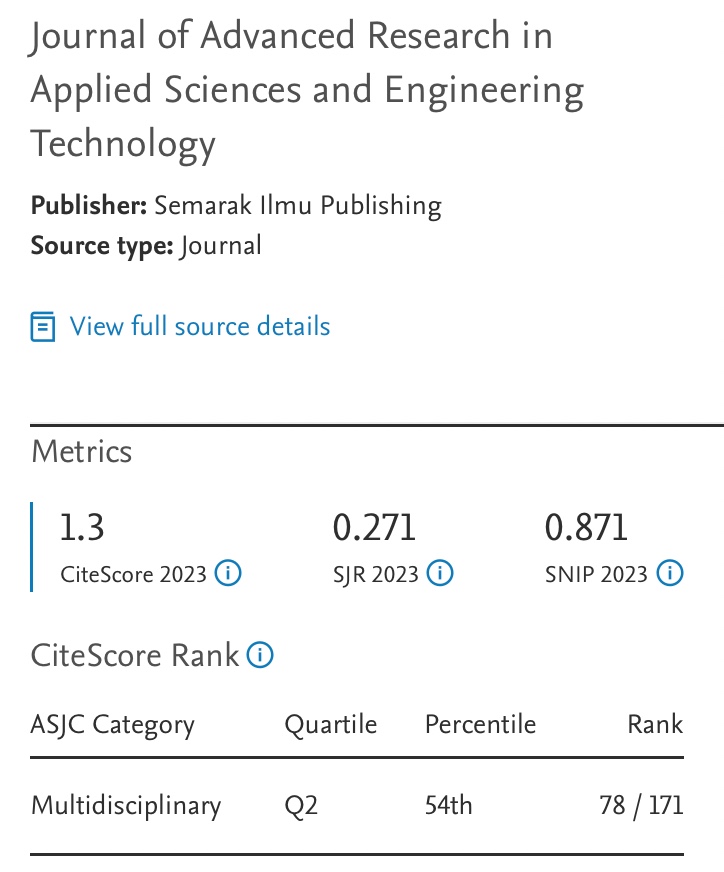Implementation of Augmented Reality in a Mobile Application for In-Flight Emergency Equipment and Evacuation Procedure
DOI:
https://doi.org/10.37934/araset.46.2.108123Keywords:
Inflight emergency equipment, Inflight evacuation procedure, Augmented reality, Mobile application, UsabilityAbstract
Aircraft safety is the highest priority for every airplane. In relation to this, emergency procedures must be learned when onboarding the aircraft. In the current method, flight attendants will explain the proper procedures should any emergency happen by demonstrating it in front of the passengers or using the handout provided at each seat. However, this method is not promising because passengers might not be unaware of the safety procedures due to unclear explanations and distractions from the surroundings. Hence, taking this as an opportunity, this study aims to design an application that provides information about emergency equipment and evacuation procedures inflight, develop a mobile application that will include augmented reality, and to test the usability of the augmented reality using the System Usability Scale (SUS) Model to evaluate on the user enjoyment while using the application. This study also implements the TRES-D methodology due to its suitability and provides a complete guideline to develop the augmented reality-based application. The results show that the overall response to the questionnaire provided favourable feedback on the application and demonstrated how the aspects of the application work well together. Thus, it concludes that the users enjoyed the programme and interacted well. Future work on this study can be applied by making the application available on iPhone OS as well as providing more features to the users.
Downloads






